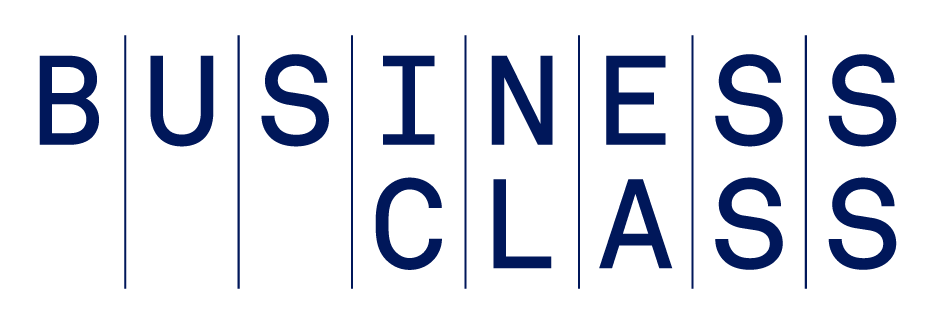For any small business, managing the cost of sales can be a high priority. After all, the lower your cost of sales, the higher your gross profits will be. But cutting sales costs haphazardly can backfire by hurting revenue. The key is to optimize sales performance and productivity so that your sales team can drive growth even as expenses are reduced.
With careful planning and execution of sales process optimization, you can lower your cost of sales by 10-30% while avoiding jeopardizing future business. This can allow you to weather downturns and maximize profits during growth periods. Read on for 10 impactful yet practical ways small business owners can reduce sales costs and boost efficiency.
1. Increase Sales Efficiency with Your Customer Portfolio
Take time to thoroughly examine your customer portfolio and assess the level of effort each customer and transaction requires, along with real profit margins. Consider identifying your highest-value customers and optimize your interactions with them. At the same time, streamline the sales process for lower-value accounts to help eliminate inefficiencies. Making the most of customer information can be a critical skill for business success today. Managing your customer portfolio effectively is one of the best ways to leverage sales process optimization to increase sales productivity.
2. Apply Customer Acquisition Cost Saving Strategies
Focus your sales and marketing efforts on acquiring your ideal customers. To start, consider determining what your ideal customer profile is — the type of client that best aligns with your business's value proposition. Then focus your lead generation and marketing efforts on pursuing those high-potential opportunities. It also helps to revisit lost opportunities that match your ideal customer profile to see if you can revive them with an improved offer. Strategically acquiring the right leads enhances sales process optimization and reduces wasted sales efforts. Be careful to balance pursuing new accounts with keeping existing customers.
3. Reduce Sales Costs Through Effective Lead Nurturing
Once you've identified truly promising business opportunities, you can start building relationships with them through lead nurturing tactics. This includes email campaigns, surveys, coordinating with your customer service team, hosting small local events, and more. Diligently track the lead nurturing progress in a customer relationship management (CRM) system. Thoughtful lead nurturing can convert more leads into sales. Bear in mind that both cutting costs and increasing sales can improve results.
4. Drive Sales Costs Down with Efficient Inbound Marketing
Inbound marketing through valuable, relevant content creation can attract potential customers organically by positioning your business as a resource for valuable information. Developing marketing content that provides real help to your audience can also establish expertise and credibility. Both outbound and inbound marketing play roles in most effective strategies. However, this inbound lead generation approach reduces reliance on expensive ads and outbound sales calls.
5. Plan Sales and Marketing Budgets Wisely
Carefully assess your previous sales and marketing costs and results. Try to determine which initiatives yielded the highest return on investment. Then consider allocating budget and staff resources accordingly with a well-thought-out marketing plan, focusing on proven lead generation and sales methods. Avoid unnecessary expenses that don't clearly contribute to sales. Planning intentionally helps make the most of dollars spent.
6. Prioritize Virtual Meetings in the Sales Process
The COVID-19 pandemic restricted traditional in-person sales meetings. While in-person sales calls are regaining some of their former prominence, it’s become clear that virtual meetings can maximize sales efficiency. For instance, keeping customer profiles, pricing, product information and more on hand during video calls can allow sales reps to connect with more prospects in less time. You can also more easily schedule virtual sales interactions at the best times for meetings. In the sales function as in other business activities, virtual meetings are key for productivity.
7. Establish Thought Leadership for Industry Influence
Becoming a thought leader can build credibility, attract customers, and differentiate you from competitors. You can establish thought leadership by creating educational content, speaking at industry events, engaging on social media, building partnerships, and more. Do it well and you can establish your operation as one with a great culture and top-shelf employees as well as one with superior products and services. Thought leadership brings customers to your business organically and inexpensively.
8. Update Sales Training to Improve Performance
Investing in continuous sales training, incorporating the latest technology, helps your team adapt to the evolving sales landscape. Sales automation tools, virtual meeting best practices, consultative selling techniques, and ongoing education boost productivity. An updated training program can optimize your people’s ability to sell everything you have to offer.
9. Outsource Prospecting to Sales Development Firms
Rather than investing your own resources in prospecting, consider outsourcing the job to a provider that specializes in it. Outsourced sales development representatives can prospect leads for you through cold calling, email outreach, social media, and event marketing. They qualify and pass on promising opportunities to your closing team. Strategic sales outsourcing allows your in-house sales reps to focus on higher-value activities like closing.
10. Leverage Strategies to Reduce Selling Cost
Each of these strategies employed alone noticeably can improve sales efficiency. They work best, however, when applied in a coordinated fashion that allows them to build on their specific strengths. For example, optimizing your customer portfolio, acquiring quality leads, nurturing leads effectively, establishing thought leadership, and investing in updated sales training are high-impact ways to help reduce sales costs. Carefully tracking sales expenses and results, on the other hand, allows you to continually improve efficiency. Many other cost-savings techniques also exist. By using the appropriate strategies together in concert, you can significantly lower costs while driving stronger sales results.
The Bottom Line
Managing sales costs is a balancing act. You want to reduce expenses but not at the detriment of support revenue-generating activities. Applied strategically, the methods above allow small business owners to boost sales productivity and streamline operations. This can lead to lower sales costs and improved efficiency without limiting growth potential.
Don’t expect to take a set-and-forget approach, however. Prepare your budgets carefully, track results closely and be prepared to adjust efforts as needed to reflect varying impacts of individual strategies. With the right optimization, your sales team can thrive cost-effectively.
A version of this article was originally published on January 07, 2010.
Photo: Getty Images






